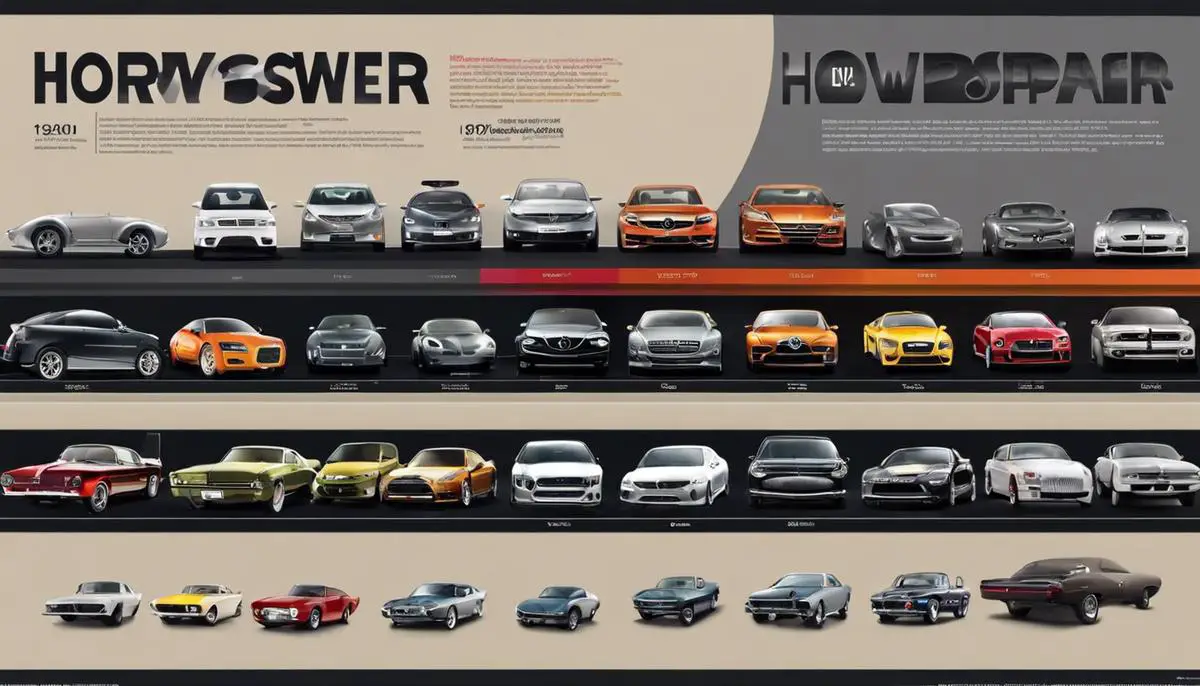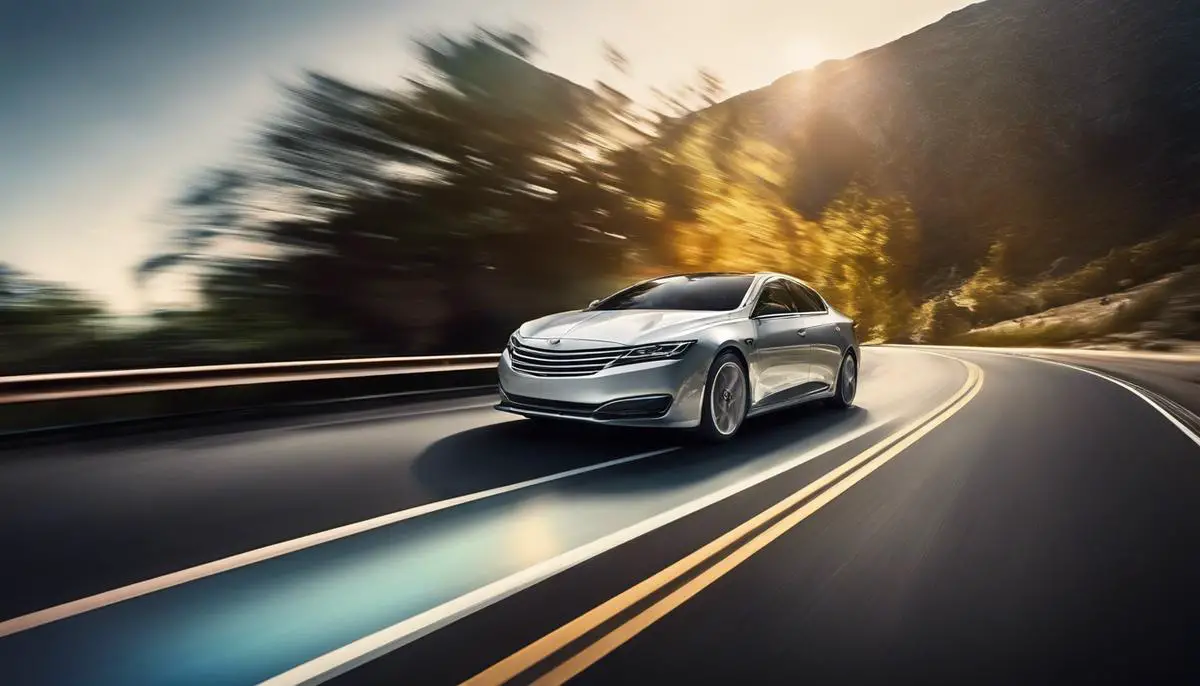Automotive performance is a vast sphere of interest that’s brimming with numerous metrics and terminologies, and yet, there’s arguably none as significant and influential as the concept of horsepower. As the sector of transportation continues to progress and diversify, a deeper thoughtfulness of horsepower and its critical role in automobiles has become essential. In an era where we toggle with electric cars, autonomous technologies, and supercars, understanding horsepower – from its historic stride, technicalities, to its pertinence in modern vehicles – is of paramount importance. This comprehensive exploration delves into the world of this crucial performance metric: horsepower.
Contents
The Evolution of Horsepower in Cars
Article: The Evolution of Horsepower in the Grand Scheme of Automobiles
In the universe of automobiles, there’s hardly a concept more adventurous, exciting, and dynamic than horsepower. To truly appreciate this mesmerizing development, one needs to trace its evolution back to its humble beginnings.
Horsepower began as a marketing tactic – a coinage from the ingenious mind of the great James Watt. Hoping to sell his improved steam engine in the 18th century, Watt needed a way to convey its power to potential customers accustomed to using the strength of horses. He offered ‘horsepower’, creating a legacy that, centuries later, would establish an essential matrix in the automobile industry.
The charming idea behind the measurement of horsepower is hardly about the strength of a single horse. Instead, it quantifies the work a certain entity can accomplish over a specific time. For cars, horsepower essentially means how swiftly a vehicle can reach a particular speed or how quickly it can ascend a hill. Horsepower, in the context of automobiles, is all about exploring the limits of speed and proficiency.
In the early 20th century, the Ford Model T roamed the streets with a modest 20 horsepower. As the automobile industry developed, cars, with their improved engines and more sophisticated designs, began to deliver more horsepower. Under the hood of many of today’s muscle cars and supercars, lurk hundreds, sometimes thousands, of horses waiting to be unleashed.
An exciting development is the advent of the horsepower war, a cutthroat competition among manufacturers to outdo each other in terms of pure, raw power. Wild machines like the Dodge Demon, with earth-shattering 808 horsepower, are the fruits of this phenomenon. The ever increasing numbers make one thing clear – this seems like a battle with no end in sight.
However, with greater power comes greater responsibility. With automotive technology hi tech manufacturing putting high horsepower within easy reach, there’s also been a significant focus on safety measures and fuel efficiency. Horsepower is more than just a race to the top; it’s also about balancing the need for speed with practical considerations.
It’s crucial to remember that the larger picture extends beyond the raw numbers. While horsepower might be the poster child for speed and performance, it’s but one part of the glorious puzzle that is a well-built car. Engine efficiency, vehicle weight, torque, and aerodynamics all play pivotal roles in the overall performance of a vehicle.
Discussing horsepower can quickly turn into a festival of numbers. But there’s a certain romance to the idea of taming these unseen horses under the hood, each contributing to the vehicle’s prowess and panache. From Watt’s steam engine to today’s roaring beasts of metal and horsepower, there’s a reverberating echo – a testament to mankind’s fascination with power, speed, and dominion.
Journeying through the annals of automobile history reveals a captivating evolution of horsepower – from a sales pitch to a key selling point. What began as a clever concept from an innovative mind has cemented its position at the forefront of the automotive world. So, the next time the term ‘horsepower’ echoes, spare a thought for its historical roots. Hold your breath as you let those mighty horses run, creating symphonies of raw power and velocity.
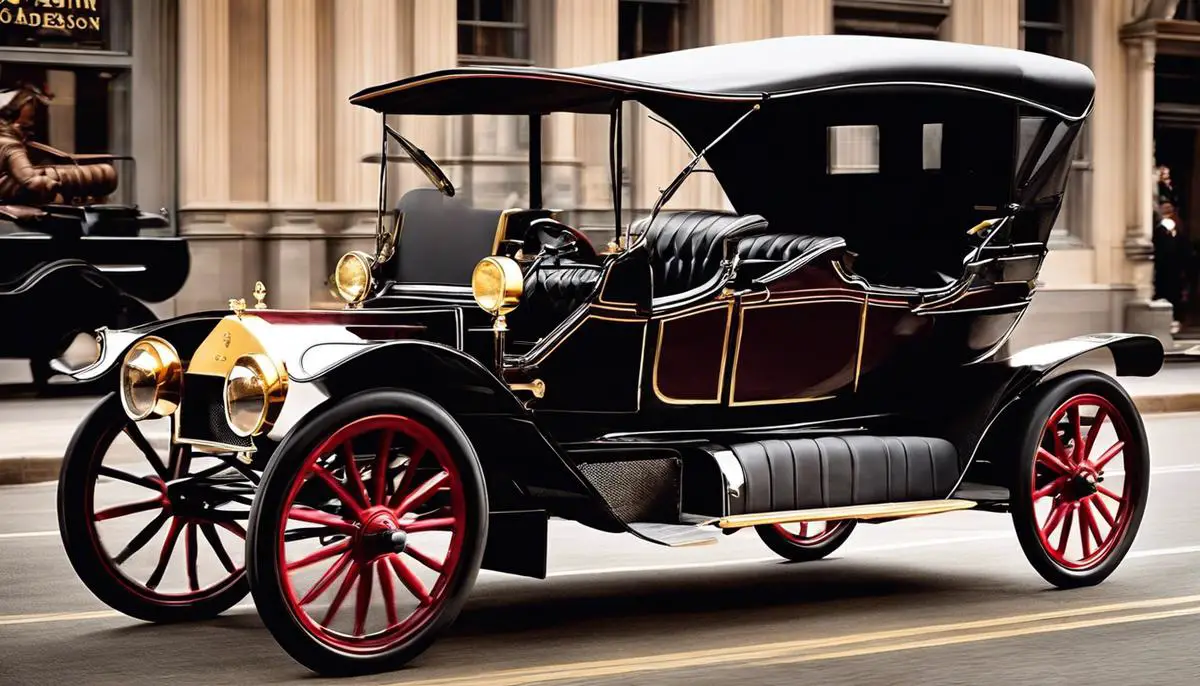
Understanding Horsepower
Double Down on Horsepower: Unpacking a Powerhouse Concept
Now that the stage has been set, it’s time to delve deeper into the heart of horsepower to truly understand its technical meaning and how it affects a vehicle’s performance and speed. While you may think that horsepower is solely about power, it’s vital to note that it’s not just brute force we’re talking about here, but a complex balance that makes all the difference.
Horsepower, in the simplest of terms, is a unit of measurement of power—the very power that propels your car forward. While historically derived from the pulling strength of literal horses, today we measure this unit in relation to the engine’s ability to do work. One horsepower is roughly the equivalent of 745.7 watts, which is the metric that is used worldwide. However, in the realm of automobiles, you may also come across terms like brake horsepower (BHP), crank horsepower (CHP) or wheel horsepower (WHP). Each has their nuanced variations but rest assured, all in all, they revolve around our main star of the show – Horsepower.
Moving on to how horsepower plays its part in the performance of your vehicle. The higher the car’s horsepower, the faster it can reach from point A to point B. It’s that simple really. If two cars weigh the same, the one with more horsepower will invariably beat the other in a race. However, more power isn’t always better. As we have learned from history, nesting a large number of horsepower in a poorly designed car can result in disaster.
It’s rather like a symphony—every part of the car needs to be in harmony with each other. Hence, while horsepower takes the limelight, we also need to consider factors like torque, the car’s weight, aerodynamics, tire grip, and design. A car with lower horsepower but excellent balance in these areas can easily outperform a high horsepower vehicle with poor structure. Thus, the secret lies in an effortless blend of strength and symphony.
Transmission tweaks, improved tire choices, weight reduction measures, or even suspension upgrades could well make a car faster—or at least feel faster—than merely hiking up the horsepower could. This is where tuning, modifications and aftermarket parts come into play.
However, we also cannot deny the thrill and rush that horsepower brings. There’s no denying the exhilarating feeling when you slam your foot down on the accelerator of a high-horsepower car and feel yourself thrown back against the seat. That sheer power under the hood, tugging at everything with mother nature’s force—it’s almost poetry in motion.
True power lies in understanding and managing the balance of all variables at play. So, as we dive deeper into the world of horsepower, remember to appreciate its significance and contribution, but also to acknowledge the beauty that lies in the amalgamation and harmony of various other elements. The real magic of vehicles does not solely lie under the hood, but throughout the entire covenant that makes your car not simply a machine, but an experience.

Importance of Horsepower in Modern Vehicles
As we step beyond the historical context of horsepower and delve deeper into the current dynamics of the vast automobile world, a practical understanding of the relevance of horsepower becomes evidently crucial. So, let’s discuss, shall we?
Firstly, let’s dive into the nitty gritty – what do we mean by horsepower in today’s era and how is it measured? Essentially, horsepower is the measure of how much work an engine or motor can accomplish over a set period of time. Today, it’s usually calculated in three major variations: brake horsepower (BHP), which measures power before it hits the drivetrain; crank horsepower, the horsepower measured at the crankshaft; and wheel horsepower, chalked up at the vehicle’s wheels. Depending on the automobile and the manufacturer, one or more of these measurements might be listed for a given car.
So what is the link between horsepower and a vehicle’s performance and speed? Well, in very simple terms, the higher the horsepower, the faster a vehicle can move. More horsepower typically enables an automobile to accelerate quicker and reach higher speeds. Thus, in the world of sports cars, performance vehicles, and racing, horsepower is king.
But, it’s not all about horsepower. A vehicle’s overall performance is influenced by multiple factors. Notably, torque that gives vehicles their immediate get-up-and-go trait, the weight of the car influencing speed and efficiency, aerodynamics impacting speed and fuel efficiency, and factors like tire grip and the overall design playing a role in driving dynamics. Every gearhead knows that the harmony created between these variables results in an efficient, powerful, and well-designed beast on wheels.
Now, tuning and modification gigs have made it possible for individuals to take regularly specced cars and transform them into high-performance, high-horsepower machines. Aftermarket upgrades such as turbochargers, exhaust systems, and computer tuning can amplify a vehicle’s horsepower and significantly improve its overall performance.
For many, there’s a certain thrill that accompanies a high-horsepower vehicle. The ability to accelerate rapidly, to feel the car’s raw power at your fingertips, is a sensation many auto enthusiasts live for. It’s the delight of this power combined with the design, speed, and control that truly elevate an ordinary driving experience to extraordinary heights.
In essence, while horsepower is not the be-all and end-all of automotive excellence, it certainly plays an undeniable role in the overarching performance narrative. The perfect blend of horsepower with various other variables brings forth the best in a vehicle, showcasing an orchestra of engineering genius that contributes to an unparalleled driving experience.
Hence, even in today’s technologized, efficiency-focused era, horsepower stands firm in its significance. Its consistent and crucial role in determining how well a vehicle performs and drives, ensures it remains an integral part of the vehicle design and crafting process. The roar of a high-horsepower engine is not just a symphony to the ears of the car lover — it’s a testament to the sheer power and performance prowess of their darling ride. Now, isn’t that something truly remarkable?
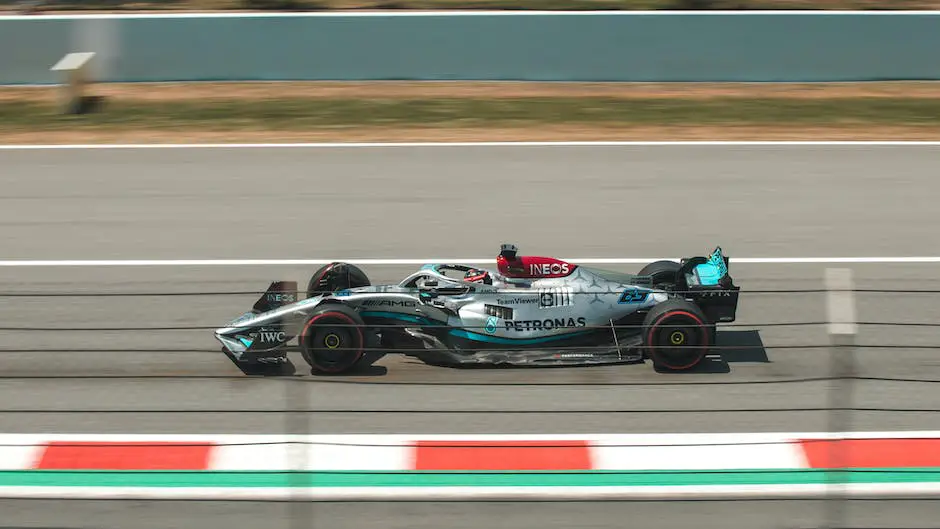
Horsepower versus Other Performance Metrics
Shifting gears from horsepower, let’s delve into other key car performance indicators, starting with torque. Torque, measured in foot-pounds or Newton-meters, is the rotational force generated by the engine. Think of it as a heavyweight boxer’s punch – it’s not about the speed of the punch, but the impact it delivers. While horsepower is about maintaining speed over long distances, torque is all about the initial burst of power that gets you moving. And in matters of uphill drives and towing, trust me, the more torque, the merrier!
But hey, higher torque or horsepower shouldn’t make us oblivious to fuel efficiency, a vital element especially for those long road trips and daily commutes. Technologies ranging from turbocharging (without forgoing power), direct fuel injection, cylinder deactivation, to aerodynamic designs have been embraced by manufacturers to improve mileage rates. However, generally there’s an inverse relationship between power and fuel efficiency; if one goes up, the other usually comes down. So choosing a car often ends up being a balance between speed, power, and fuel efficiency.
Let’s also talk about the unsung heroes – weight, aerodynamics, and tire grip. Lighter cars generally consume less fuel and have better all-round performance, while their heavier counterparts often offer more comfort and stability. Aerodynamics significantly influence a car’s efficiency and top speed by reducing air drag. And tire grip? That’s all about control and ability to remain grounded while maneuvering corners at high speed or during hard braking.
And of course, the aftermarket industry cannot be ignored as enthusiasts relentlessly tweak and tune their cars enhancing horsepower, torque, speed, and fuel efficiency. Turbochargers, performance chips, cold air intakes, high-flow exhaust systems… the possibilities are endless!
There’s certainly a buzzing thrill that comes with high-horsepower vehicles, the roar of the engine, the speed… terms like “adrenaline rush” barely do it justice. However, the fine harmony between horsepower, torque, fuel efficiency, and other elements in a vehicle’s performance is the unsung melody of the truly enriching driving experience. Every element has its role in the concert of automotive performance, creating a symphony that strikes a chord with every car enthusiast.
To wrap it up, the art of automobile design and performance isn’t about a single element, but about how well all parts and aspects play together. Whether you prioritize horsepower, torque, or fuel efficiency may just boil down to your driving preferences and everyday needs. One thing’s for certain, the world of automobiles is a playground of power, efficiency, and design – each intricate detail forming part of a beautifully powerful ensemble!
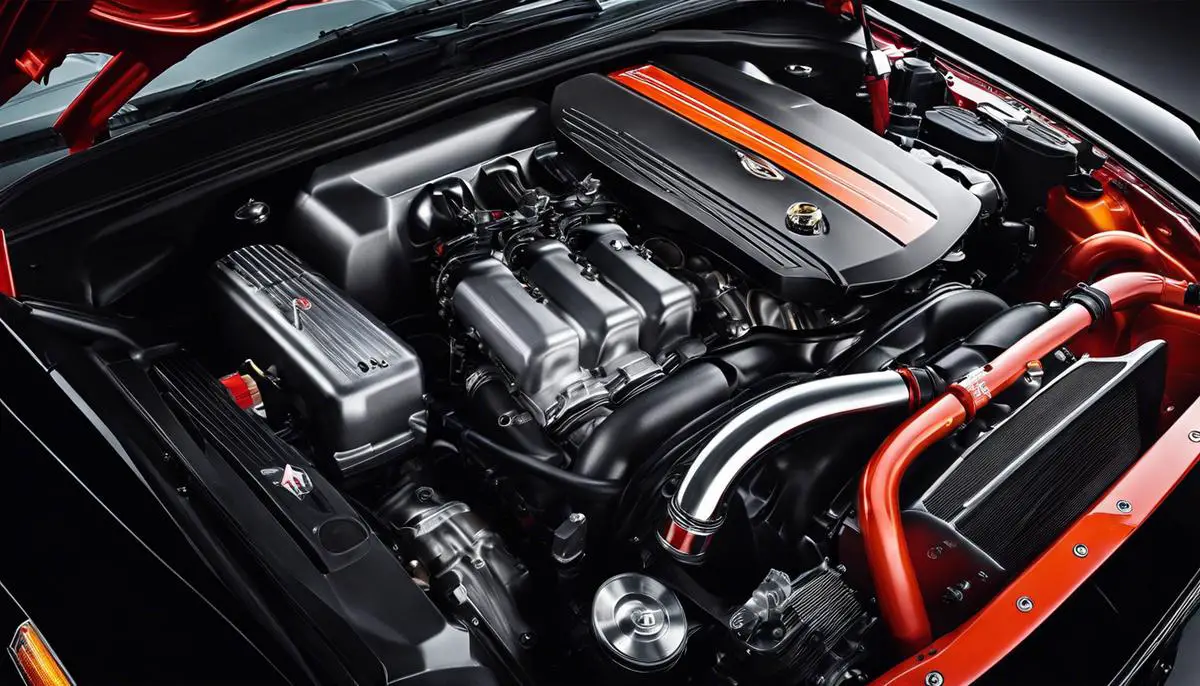
While the significance of horsepower in today’s autos cannot be undermined, it’s also vital to evaluate it against other pivotal performance metrics such as torque and fuel efficiency. Ensuring a delicate balance among these elements is key to achieving superior vehicle performance. In the same vein, considerations such as car weight, drivetrain, and aerodynamics play into the ultimate vehicle performance, transcending the confines of just horsepower. Therefore, as users and potential buyers, while horsepower informs a lot about a car’s innate power, it isn’t standalone. It forms part of a larger, intertwined performance cogwheel that collectively dictates a vehicle’s potency on the road.
